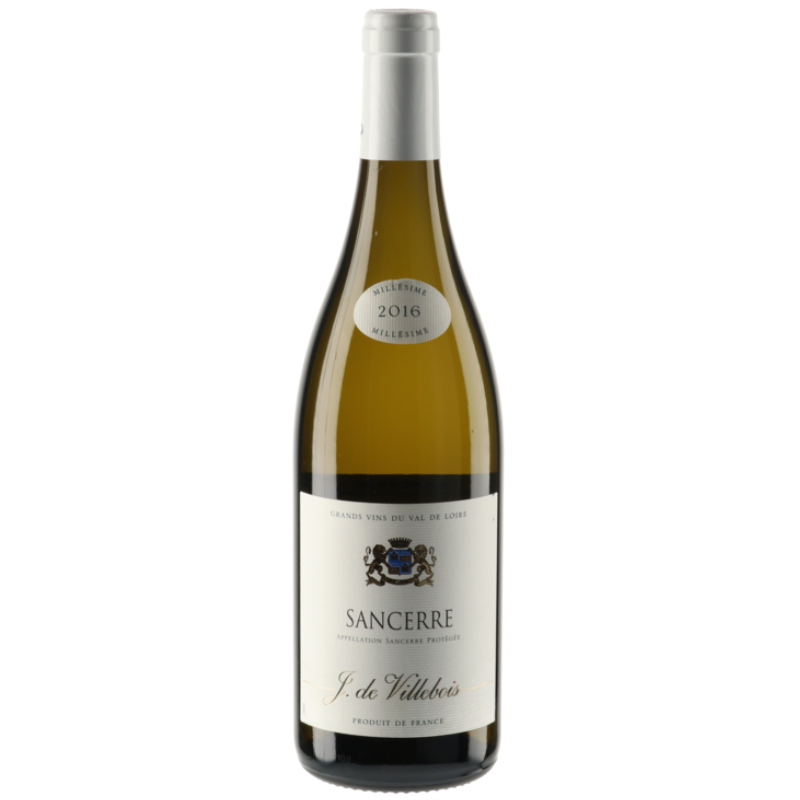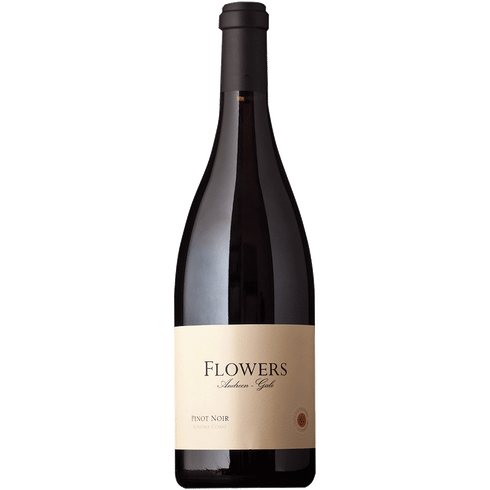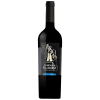2018 J De Villebois Sancerre
$25.56
Out of stock
2018 J De Villebois Sancerre
2018 J De Villebois Sancerre
This is a blend across parcels, giving a cross-section of green fruits, vibrant herbal flavors and tight acidity. The wine is textured and fresh, with a tangy, zesty finish. Drink now.
Sancerre is a small wine district in central France, famous for its crisp, aromatic white wines made from Sauvignon Blanc. It is also known for its high-quality goat cheeses, which are an excellent match for the local wine. The vineyards here surround the eponymous town, which sits atop a bean-shaped hill overlooking the river Loire (see Loire Valley).
The classic Sancerre wine is white, bracingly acidic, and has pungent aromas of gooseberries, grass, nettles, and a hint of stony minerality. Richer, riper examples – particularly those from warmer, west-facing sites with chalky soils – often show fruitier notes of passionfruit and lemon peel. Sancerre is typically less “obvious” than the most famous New World styles of Sauvignon Blanc; less grassy than those from Marlborough and less overtly citrussy than those from Casablanca.
It is only since the mid-20th Century, and the creation of a protected Sancerre appellation, that the town’s name has been so strongly associated with white wines. Prior to this, the district was better known for its light-bodied reds. Today, red Sancerre Rouge – made exclusively from Pinot Noir – accounts for less than 20 percent of the district’s annual production.
Until phylloxera wiped out vast tracts of vineyard in the 1860s, the vineyards here were planted mostly with red-wine varieties, such as Gamay and Pinot Noir. White wines were in the minority, and were made not from Sauvignon but from Chasselas. When the solution to the phylloxera epidemic was identified (grafting European vines onto American rootstocks) Sauvignon Blanc vines proved more responsive than these other varieties. Thus Sauvignon came to be Sancerre’s most widely planted variety – a development without which the district and its wines would probably not be as famous as they are today. Small quantities of Chasselas are still grown in the area, mostly on the opposite side of the Loire, around Pouilly-sur-Loire.
Related products
2019 Domaine des Lambrays Morey-Saint-Denis 2019 Domaine des Lambrays Morey-Saint-Denis, Nice red ruby color. The nose is expressive and intense: a lot of fruit such as raspberries, cherries, blackberries and blueberries all mixed together. The palate is juicy, full, and crispy, with a lovely fresh mineral character at the end. Thin-skinned, finicky and temperamental, Pinot [...]
Wines!
92pts Parker 93pts Vinous Save 40%
Chardonnay
2021 Jean-Marc Brocard Chablis Sainte Claire 2021 Jean-Marc Brocard Chablis Sainte Claire is tart, with notes of lemon oils and mango skin, as well as a bit of minty herbaceousness. On the palate, there are flavors of honey, tropical fruits just barely ripened, as well as a finish of bracing acidity. One of the most popular [...]
Burgundy
2019 Nicolas Rossignol Volnay 2019 Nicolas Rossignol Volnay is medium to full-bodied with aromas of plums, wild berries, warm spices and licorice, fleshy and layered, with fine concentration, lively acids and an ample core of fruit. Concluding with elegantly chalky grip on the finish, this cuvée has always been one of the more charming and immediate [...]
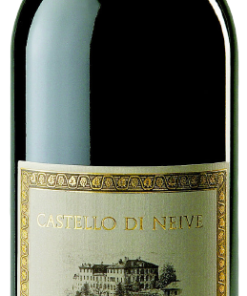 2020 Castello di Neive Barbera d'Alba Superiore 750ML
2020 Castello di Neive Barbera d'Alba Superiore 750ML 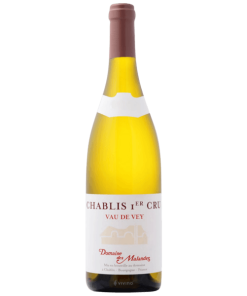 2022 Domaine des Malandes Chablis 1er Cru Vau de Vey 750ML
2022 Domaine des Malandes Chablis 1er Cru Vau de Vey 750ML 